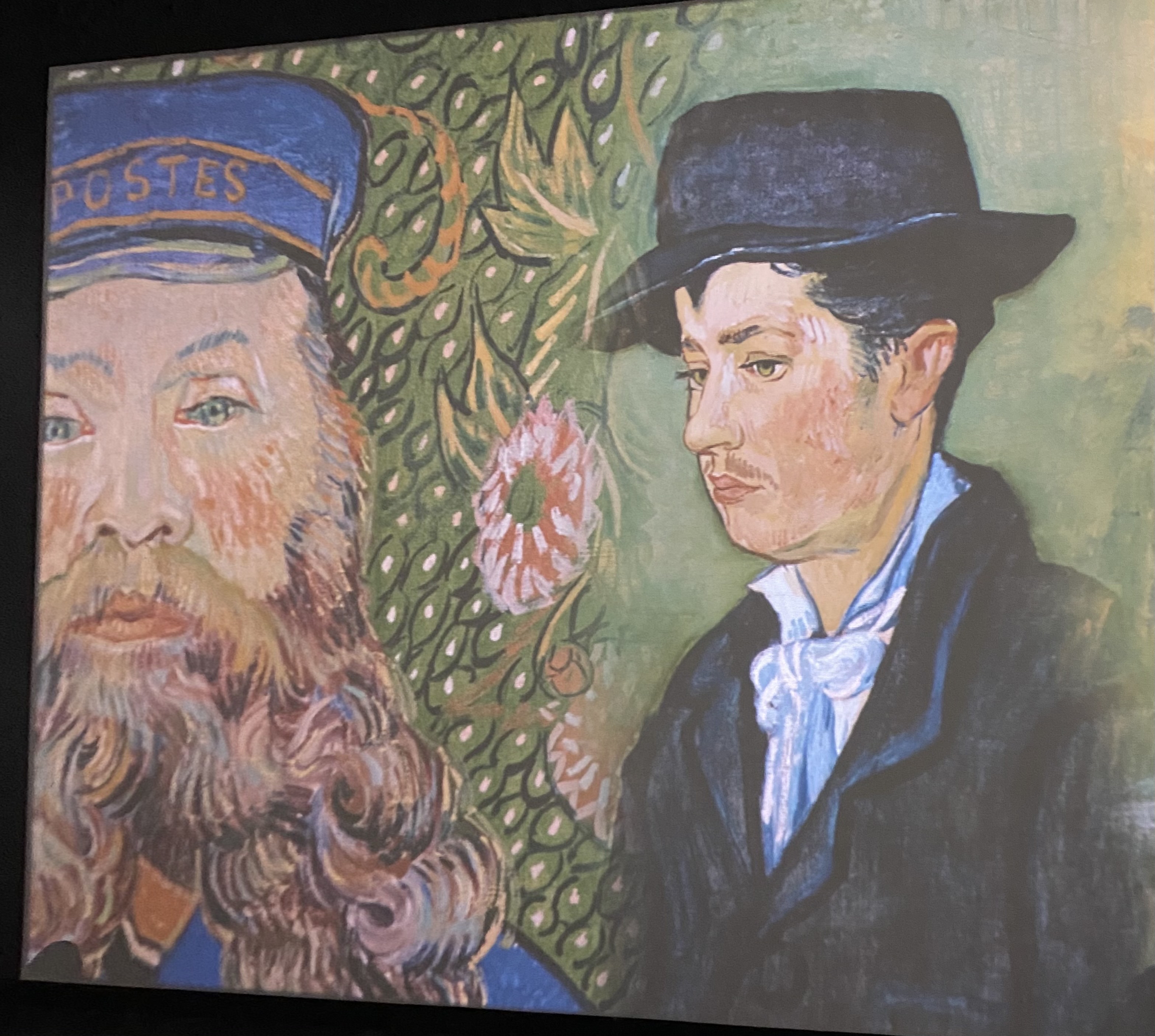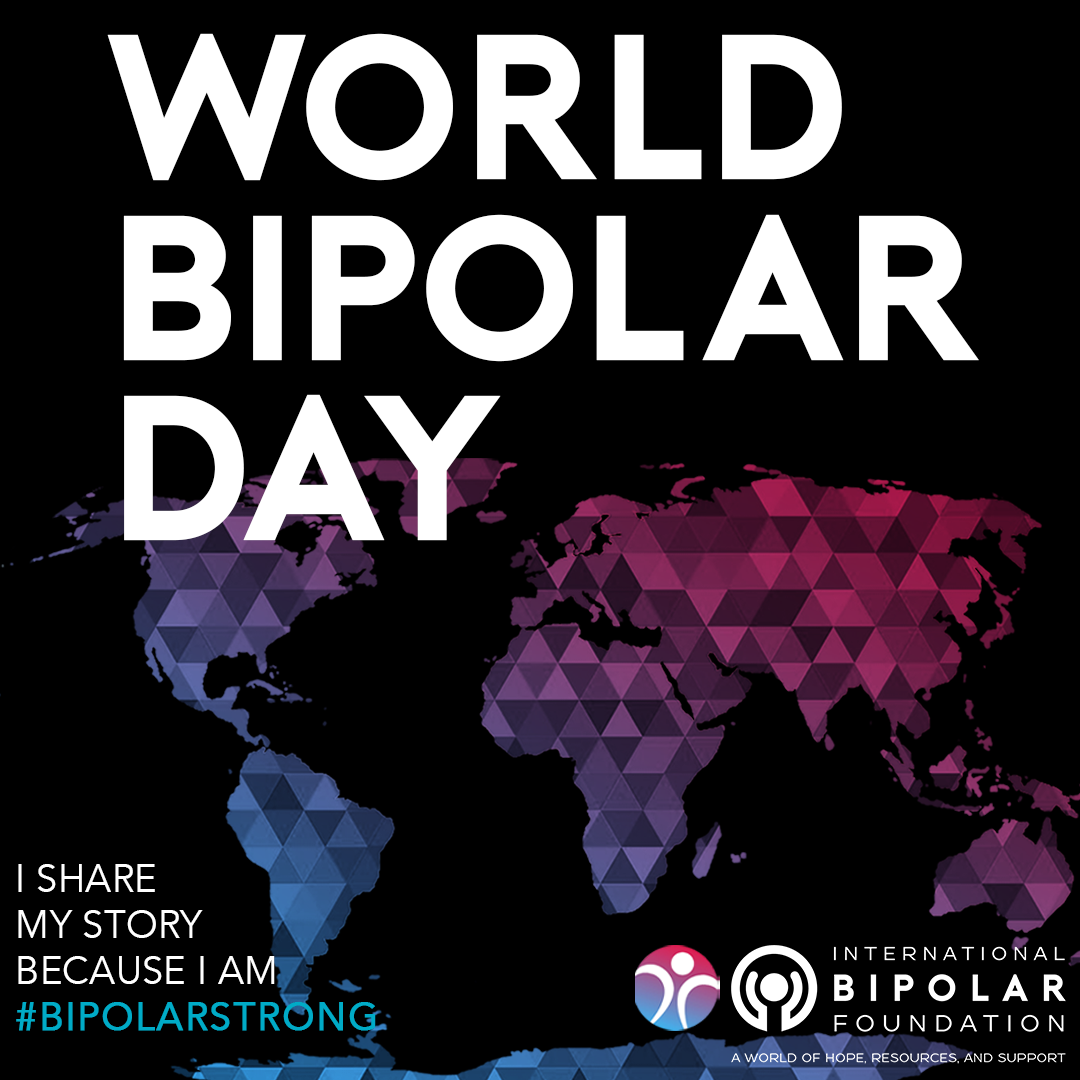By Emily Miller, Senior Copy Editor
March 30 is both the birthday of famed painter Vincent Van Gogh, and World Bipolar Day.
Van Gogh was posthumously diagnosed with bipolar disorder, according to Texas Medical Center.
A 2020 case report dubbed ‘New vision on the mental problems of Vincent van Gogh; results from a bottom-up approach using (semi-)structured diagnostic interviews’ presents evidence from his visits to various doctors—Felix Rey, Rey’s chief, Jules Urpar, and Théophile Peyron, specifically—as well as Van Gogh’s extensive correspondence in letters.
The case report concluded Van Gogh most likely “suffered from comorbid illnesses.” Specifically, bipolar mood disorder, along with “traits of a borderline personality disorder as underlying vulnerability,” alcohol abuse, and malnutrition—all of which led to “psychosocial tensions,” resulting in Van Gogh’s infamous slicing of his own ear.
Dr. Karen Hannel, an Assistant Professor of the Fine Arts at Saint Leo University, teaches a course on Van Gogh which examines his life to a fuller extent.

For those uninformed on bipolar disorder, The National Institute of Mental Health (NIMH) provides information on their website. According to NIMH, there are three types of bipolar disorder—Bipolar I Disorder, Bipolar II Disorder, and Cyclothymia. Each one is characterized by manic and depressive episodes but differ depending on the length of time episodes last, and the extremity of those episodes.
During manic episodes, one is highly energetic; may have racing thoughts and speech; and may show poor judgement and impulse control. During depressive episodes, one might experience hopelessness, a lost interest in almost everything, and may even contemplate suicide.
Bipolar I and II differ as Type I experiences full mania, while Type II experiences what is referred to as hypomania. Cyclothymia is a lesser extent of the mood disorder, where those diagnosed experience intense mood swings but not to the extent of a full depressive or (hypo)manic episode.

Those with bipolar disorder face social stigma, often in the form of shame around discussing the topic. Touro University Worldwide’s article “Breaking America’s Mental Health Stigma” explains that simply talking openly about one’s mental health can help. Additionally, being supportive and refusing to dismiss another person’s struggles as well as encouraging the person to seek treatment can break the stigma, too.
Despite being hospitalized, the care Van Gogh received was likely not optimized for who he was as a person.
“There have been a couple times where they put him in an asylum and he didn’t want to be there,” said Pam DeCius, Associate Chair of Language Studies and the Arts at Saint Leo. “One of the times, they took his paint away and his brother found out.”
His brother, Theodorus “Theo” van Gogh, vehemently opposed the separation of Vincent van Gogh and his paints.
Tragically, Van Gogh’s death was by suicide. On his death bed, he was quoted to have said, “My body is mine and I am free to do what I want with it. Do not accuse anybody, it is I that wished to commit suicide.”

An analysis on suicide attempts from those who struggle bipolar I and bipolar II disorder at the University of Pittsburgh suggest that anywhere between 25 to 60 percent of diagnosed individuals will attempt suicide at least once in their lives, and between 4 and 19 percent will pass away from it.
Suicide is not inevitable. Reducing stigma, providing support, and opening the door to that conversation is what non-profits like the National Suicide Prevention Lifeline are dedicated to.
DeCius emphasized and expanded on Van Gogh’s life instead of his death.
“He is a people and plant and landscape-watcher. He’s so good at it and you can see that in the details. The postman’s face doesn’t look anything like the barkeep’s face […]” said DeCius, referring to the portrait of Joseph Roulin and the barkeep in “The Night Café.”
DeCius continued, “He felt underappreciated. His dad always thought he [Vincent] was kind of a failure.”
Van Gogh internalized his father’s view of him and frequently wrote letters to his younger brother to defy that narrative and to demonstrate his successes.

DeCius also portrayed Van Gogh as a peaceful and quiet anarchist, contradictory as that seems. His paintings may not appear explicitly political today, but DeCius explained his paintings as rebellion against his father’s way of life. He was able to slow down and focus on the details, refusing the nine-to-five day job.
Van Gogh found joy outside of the typical job structure.
March 30 has been marked as a day to both commemorate the life and art of Van Gogh and to bring awareness to those among us suffering with bipolar disorder—seeing the people with this disorder holistically, giving credence to their struggles, and providing the care they need without shame.
The National Suicide Prevention hotline is 1-800-273-8255.




